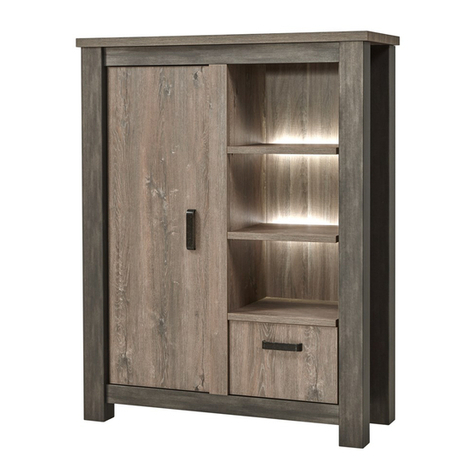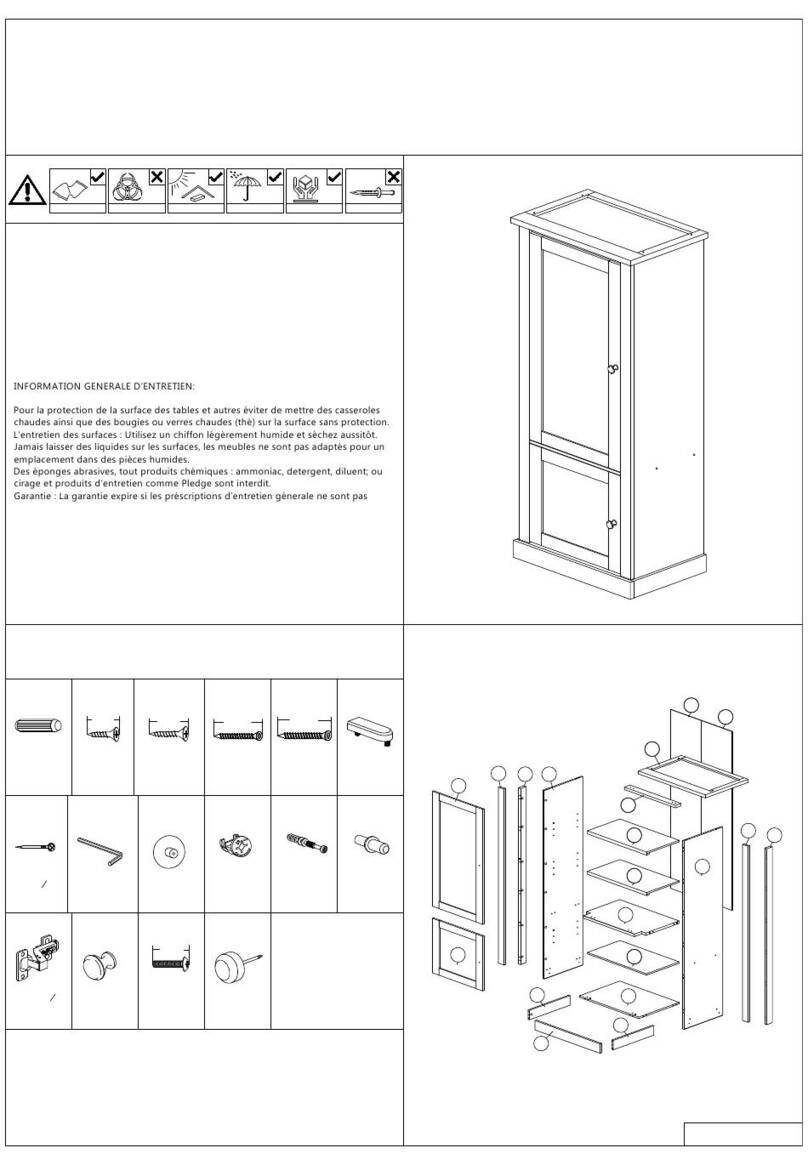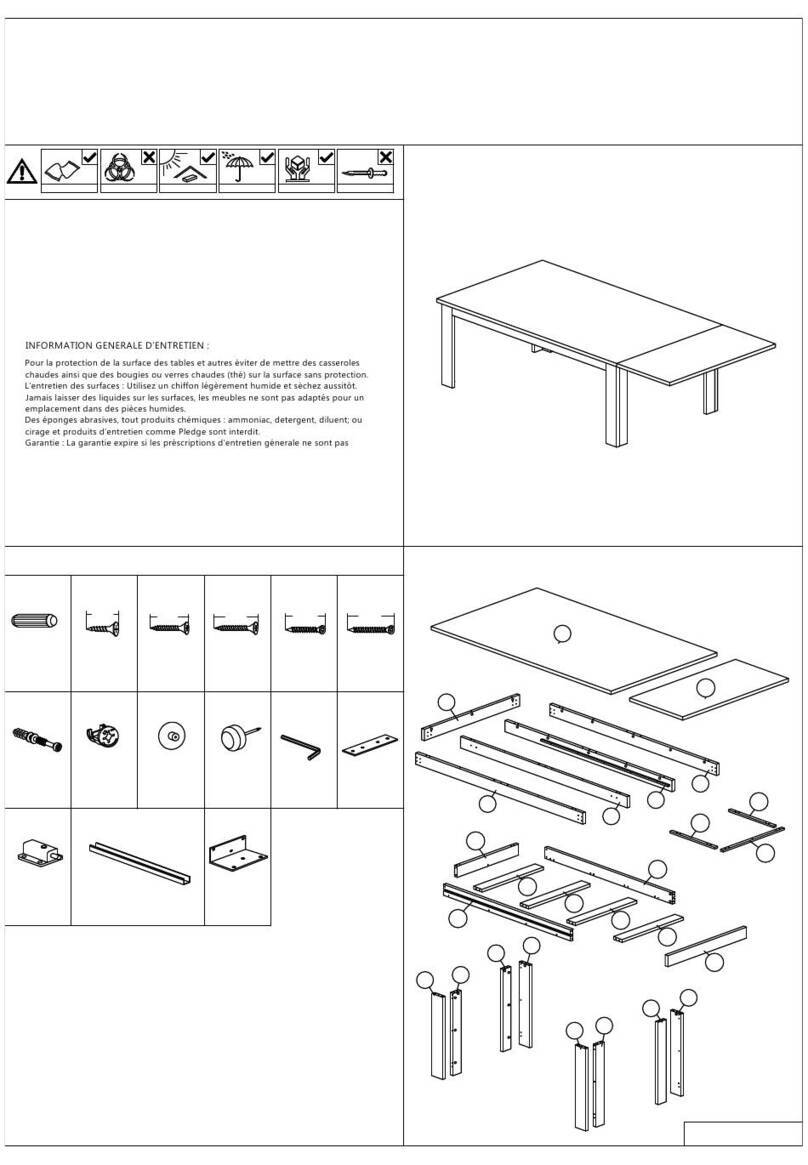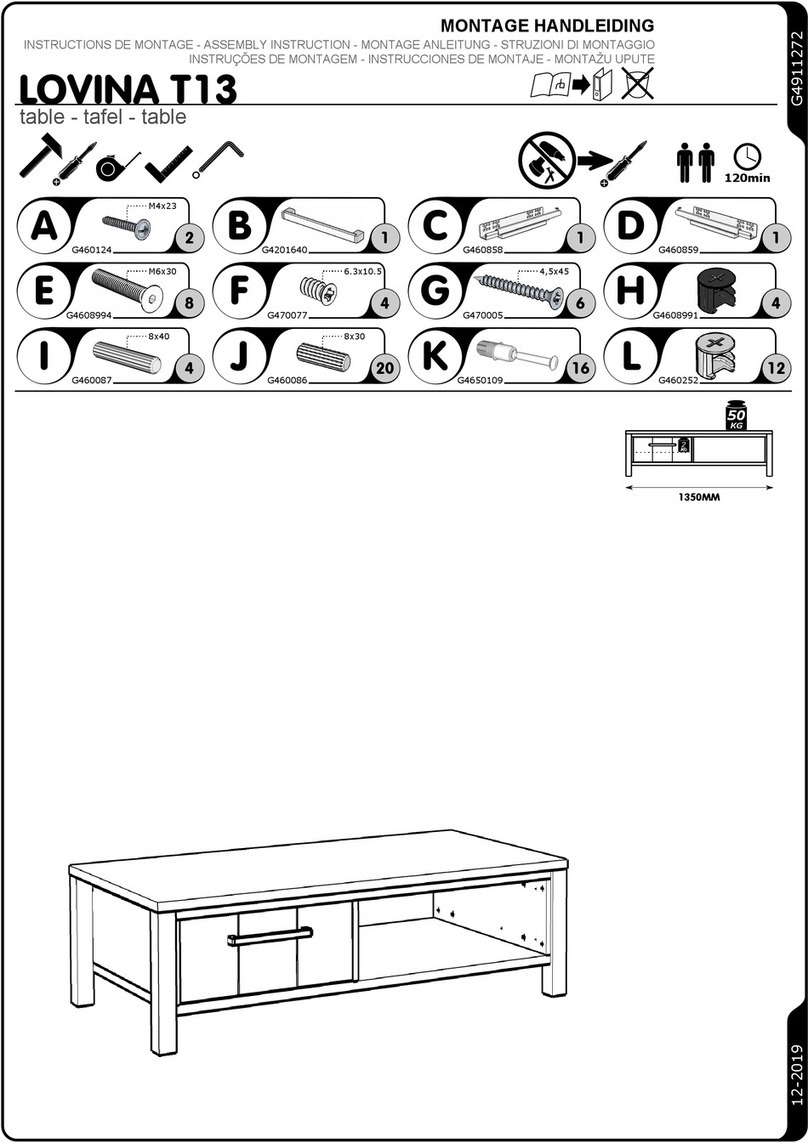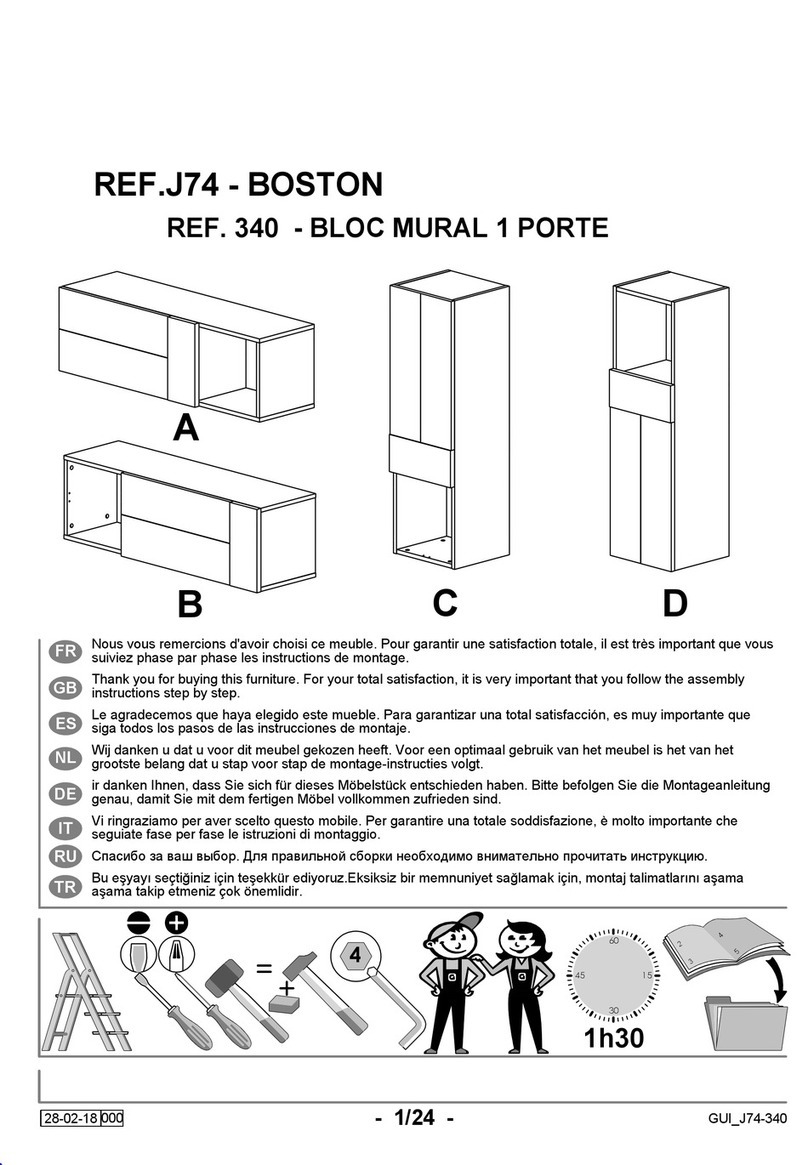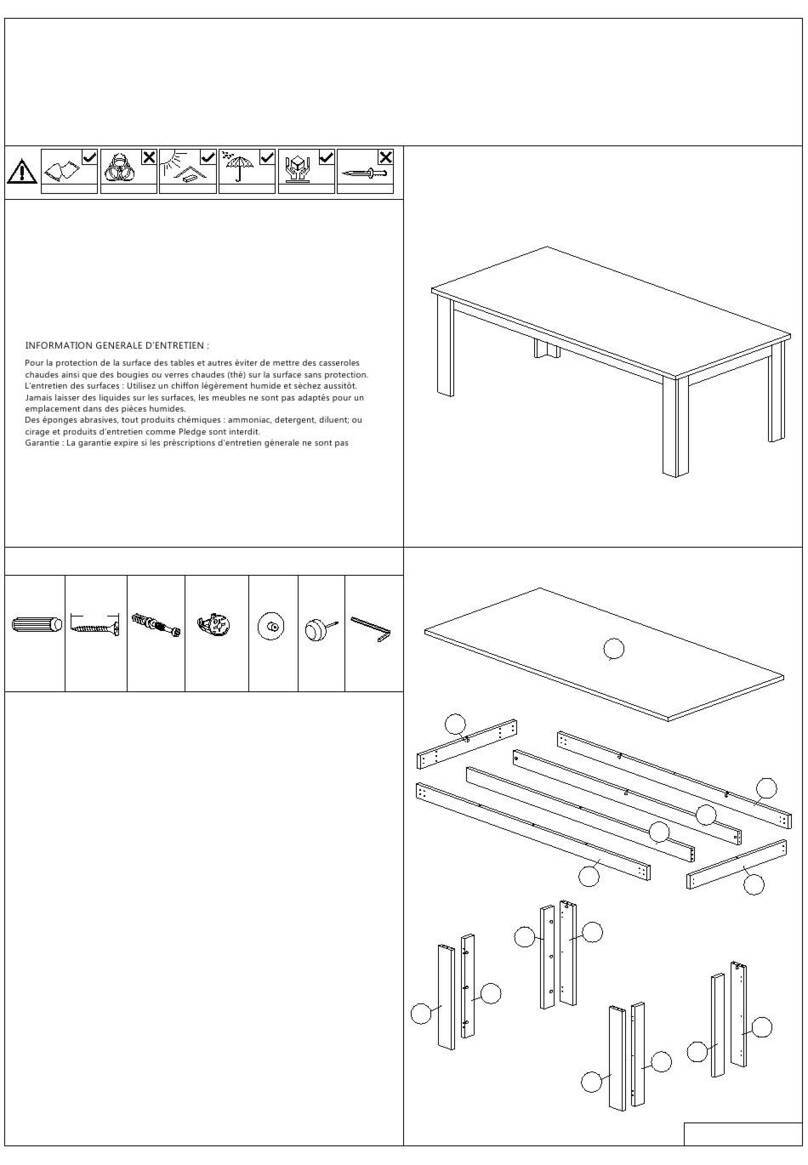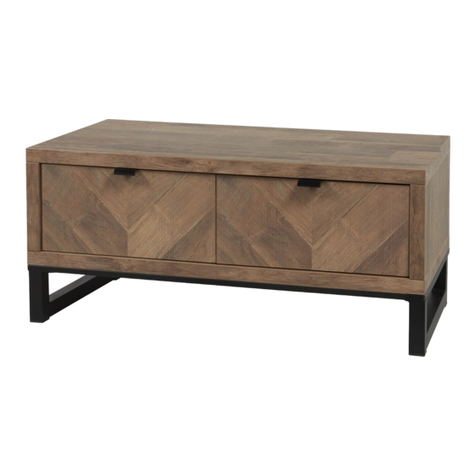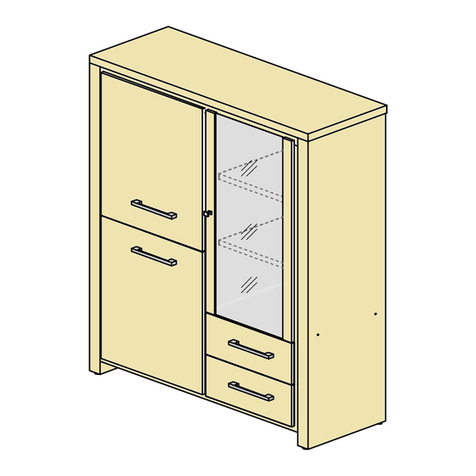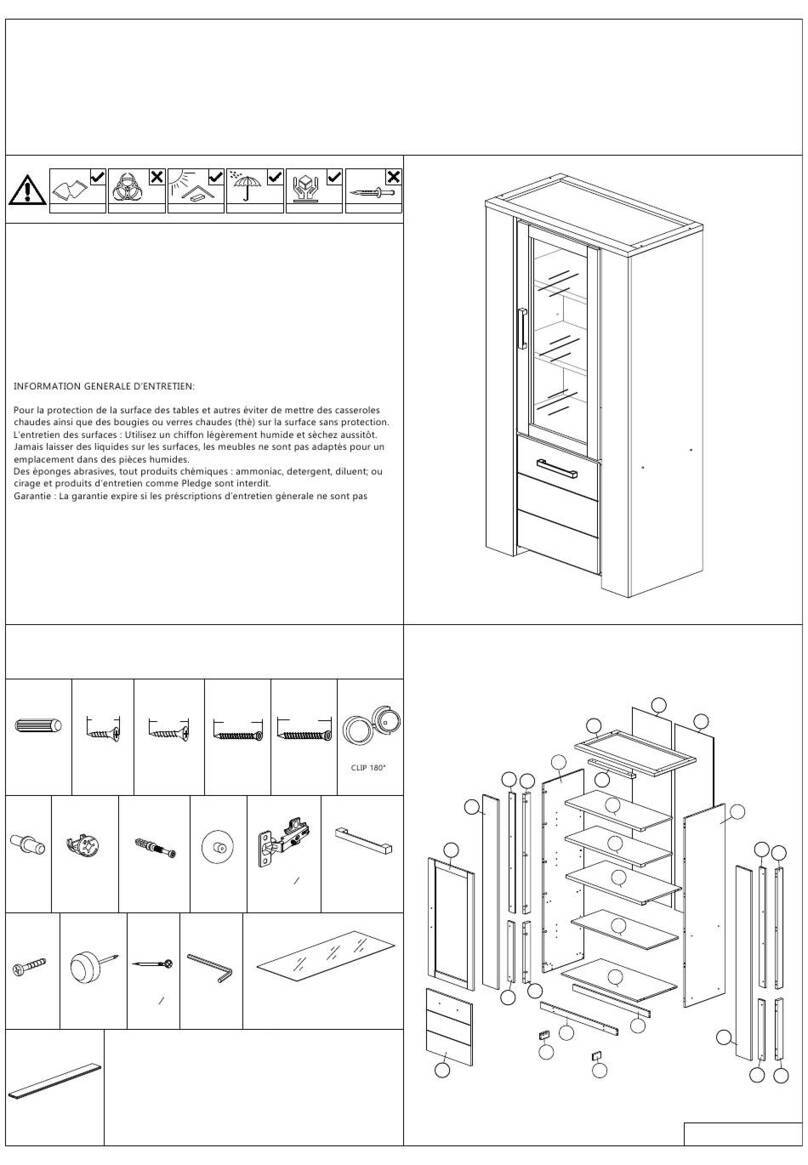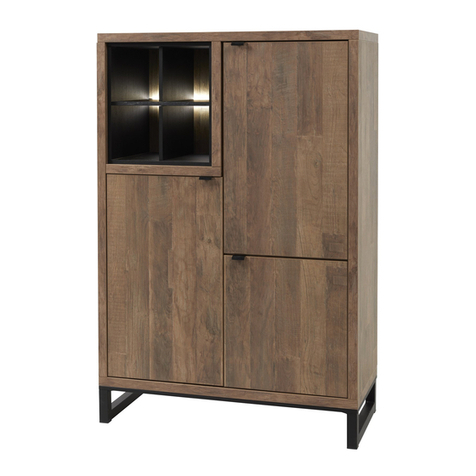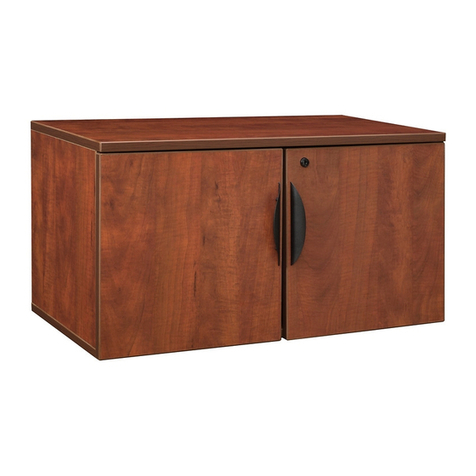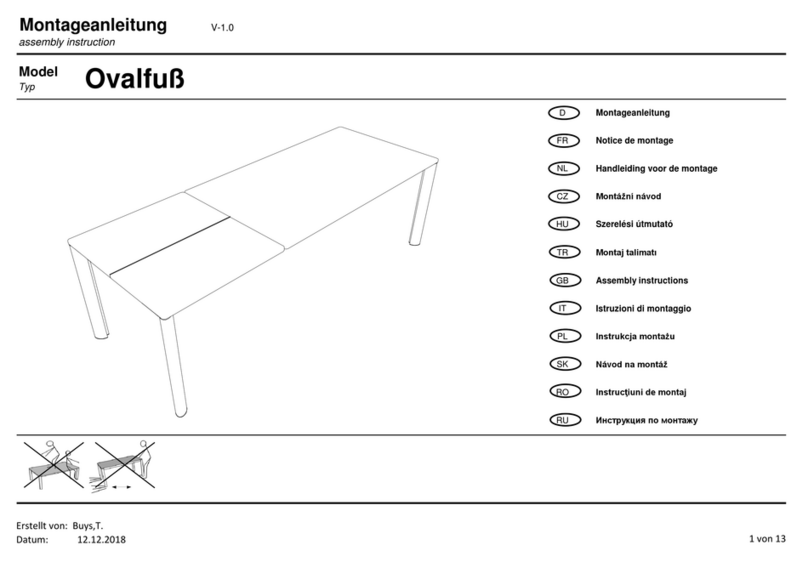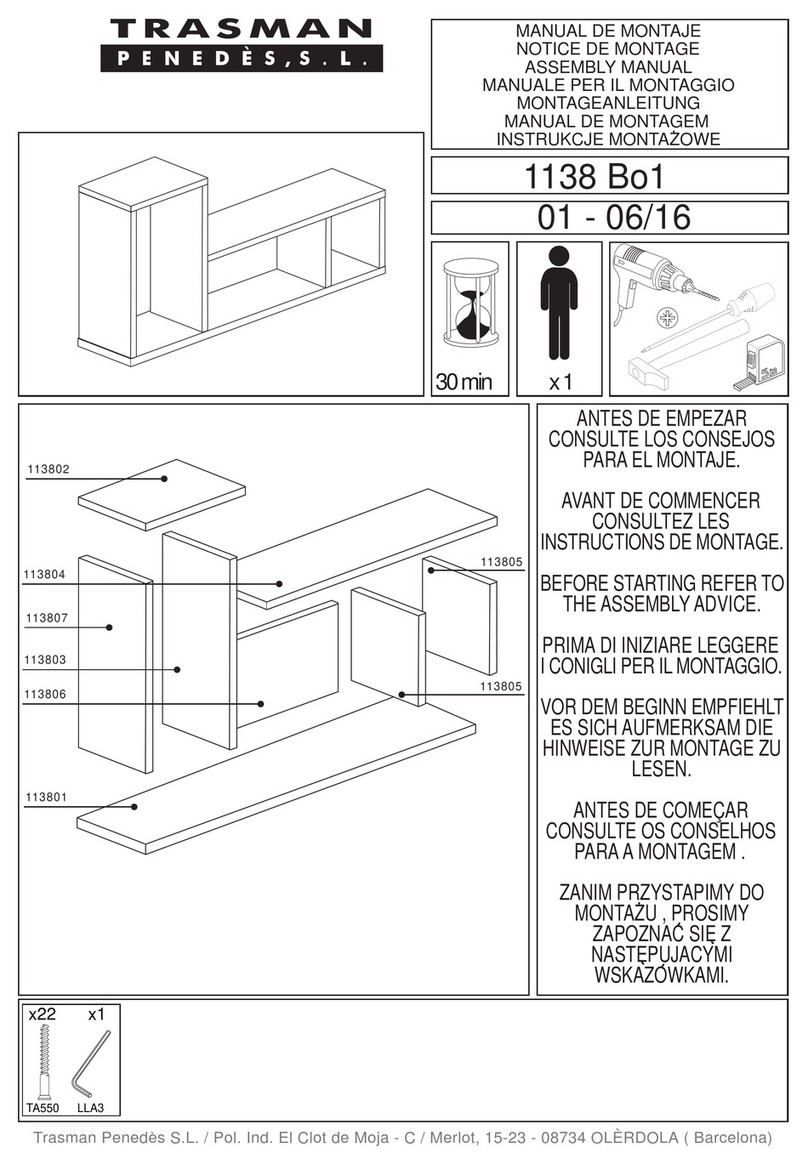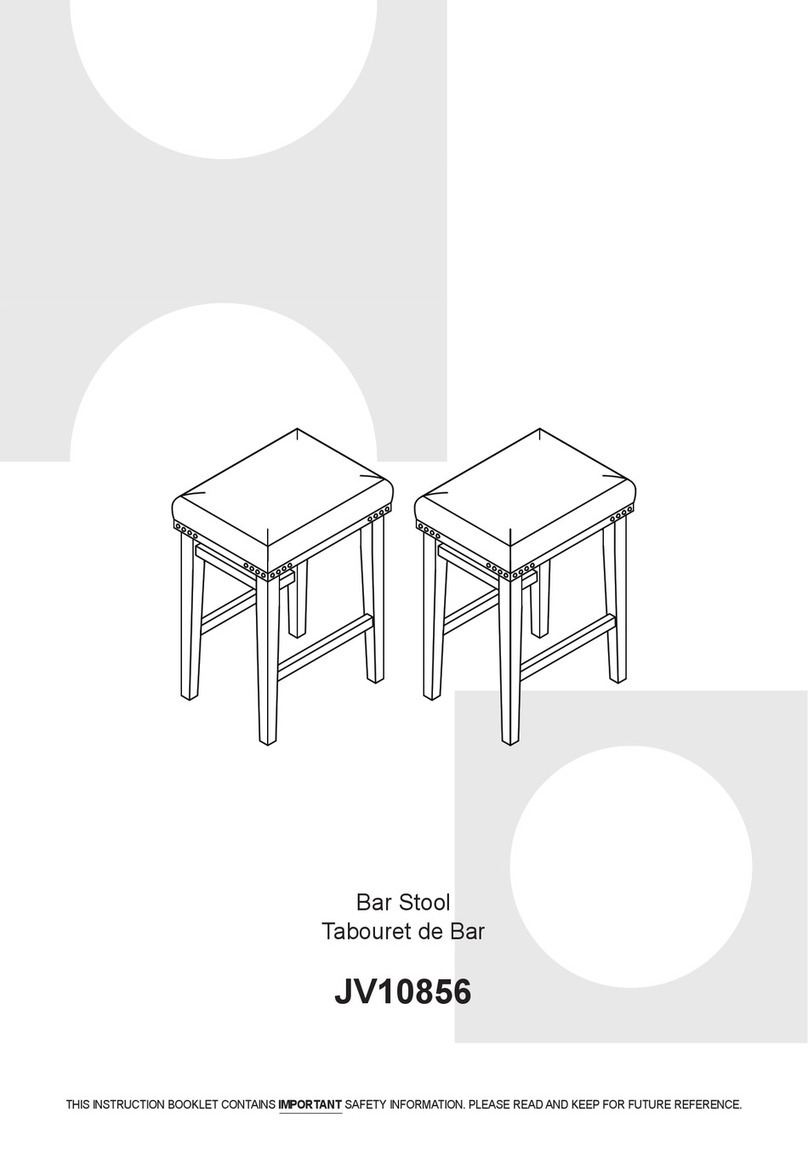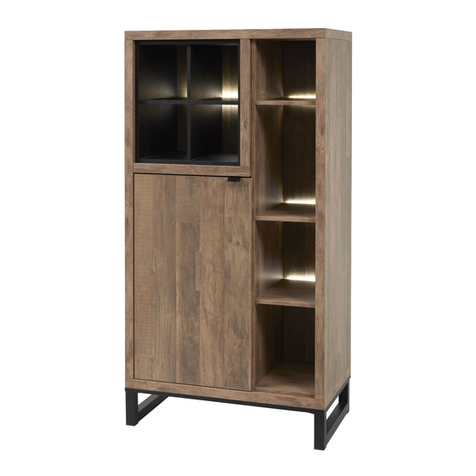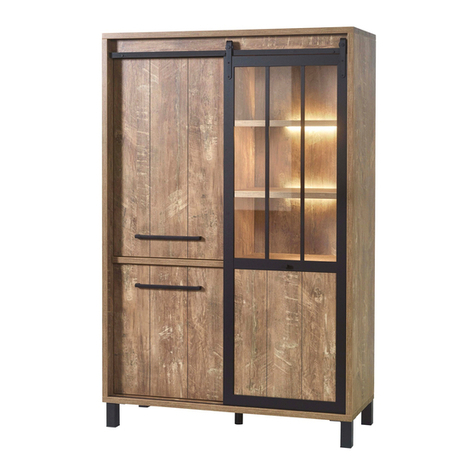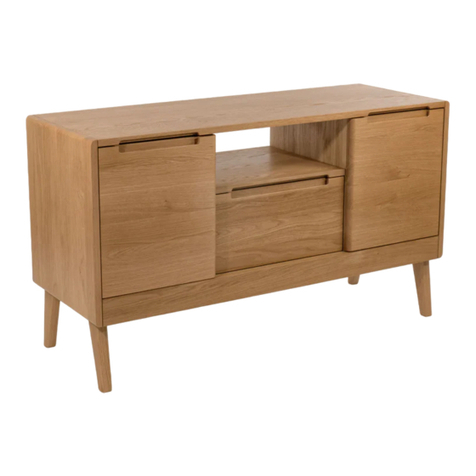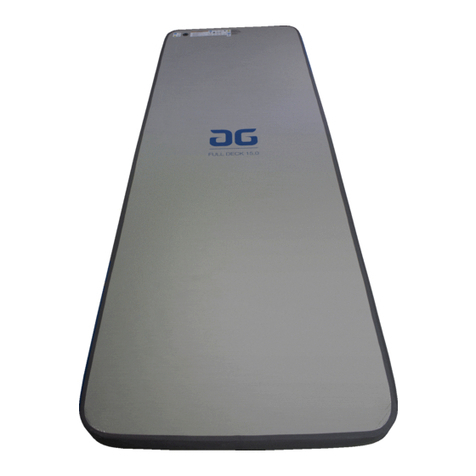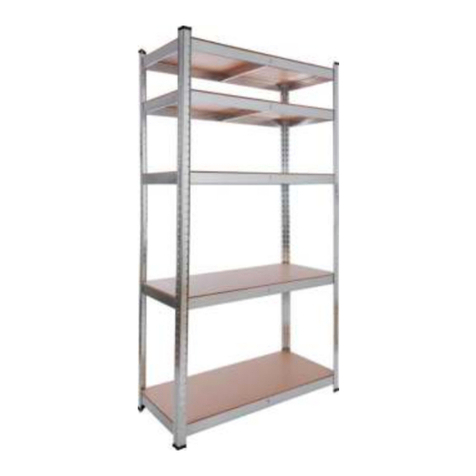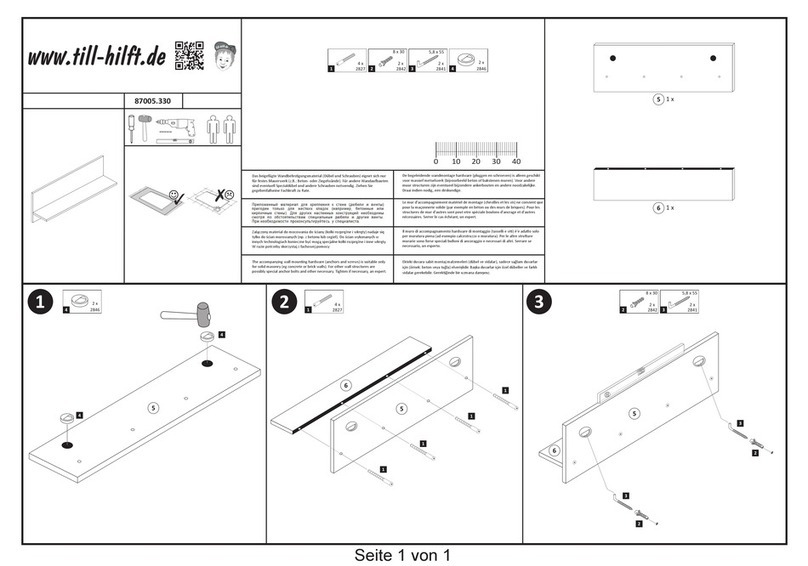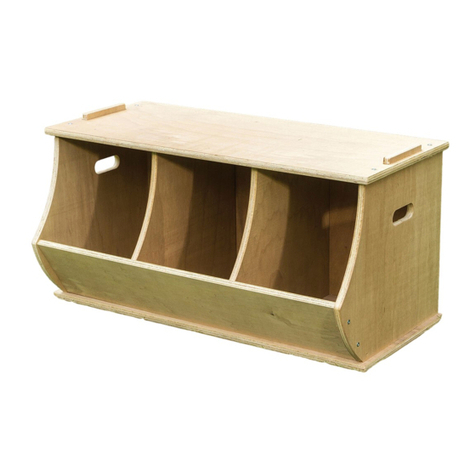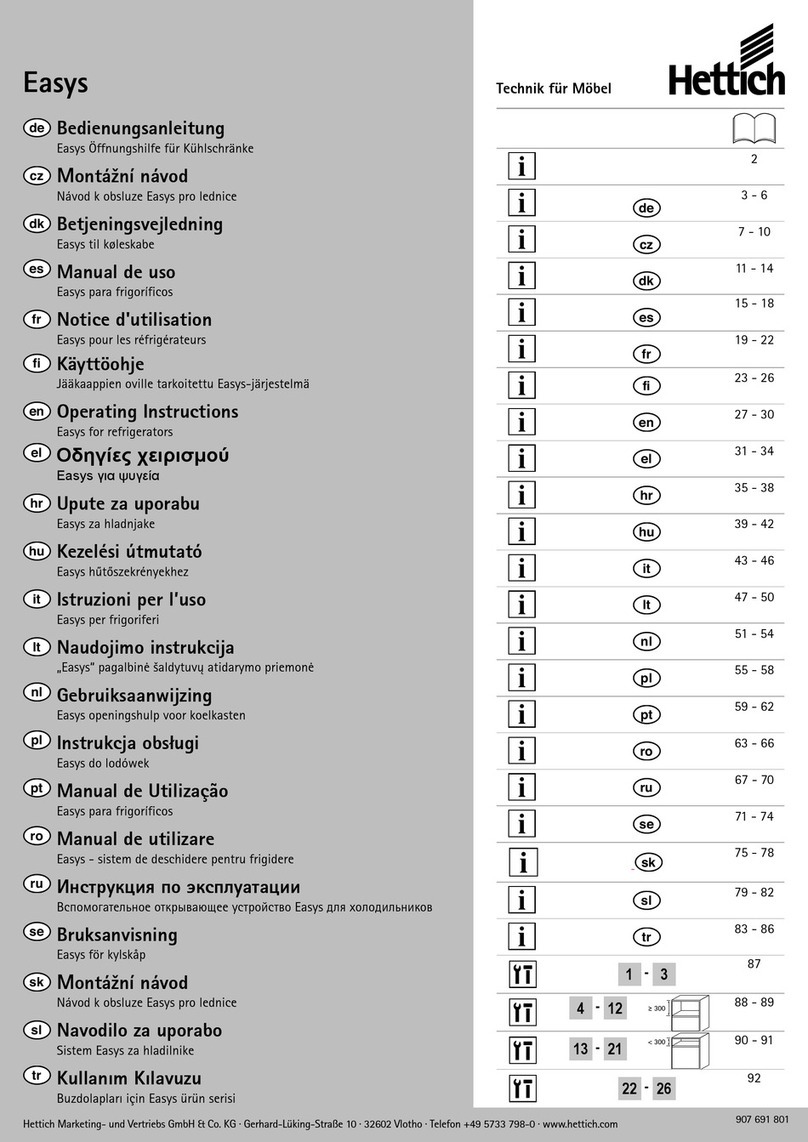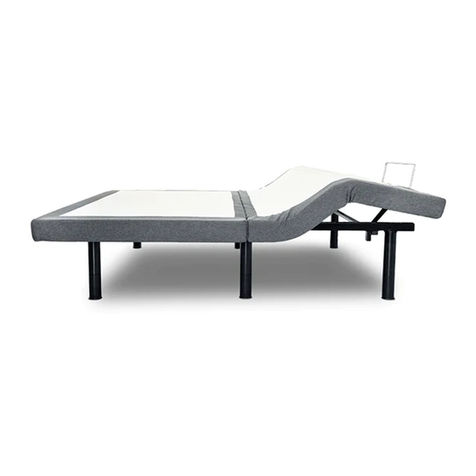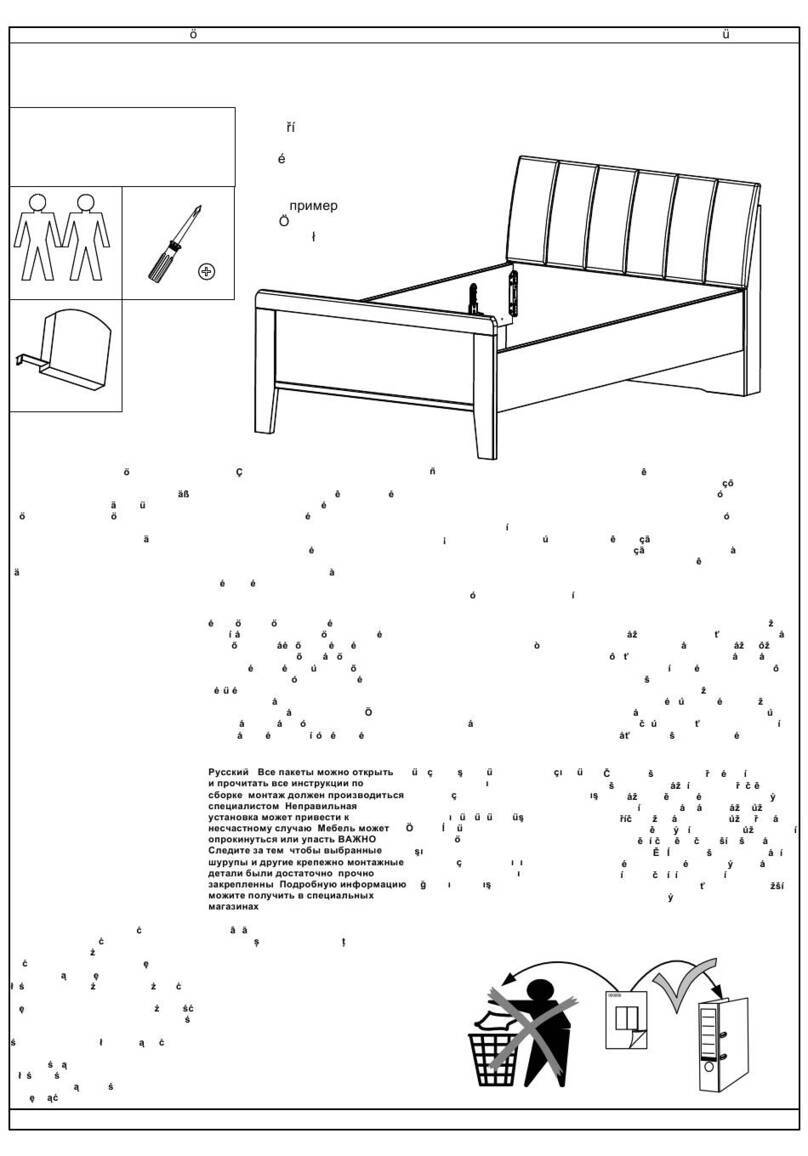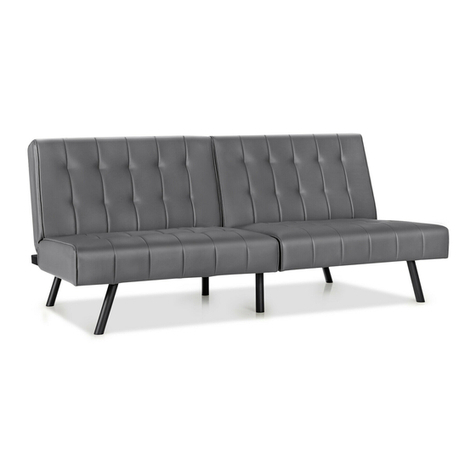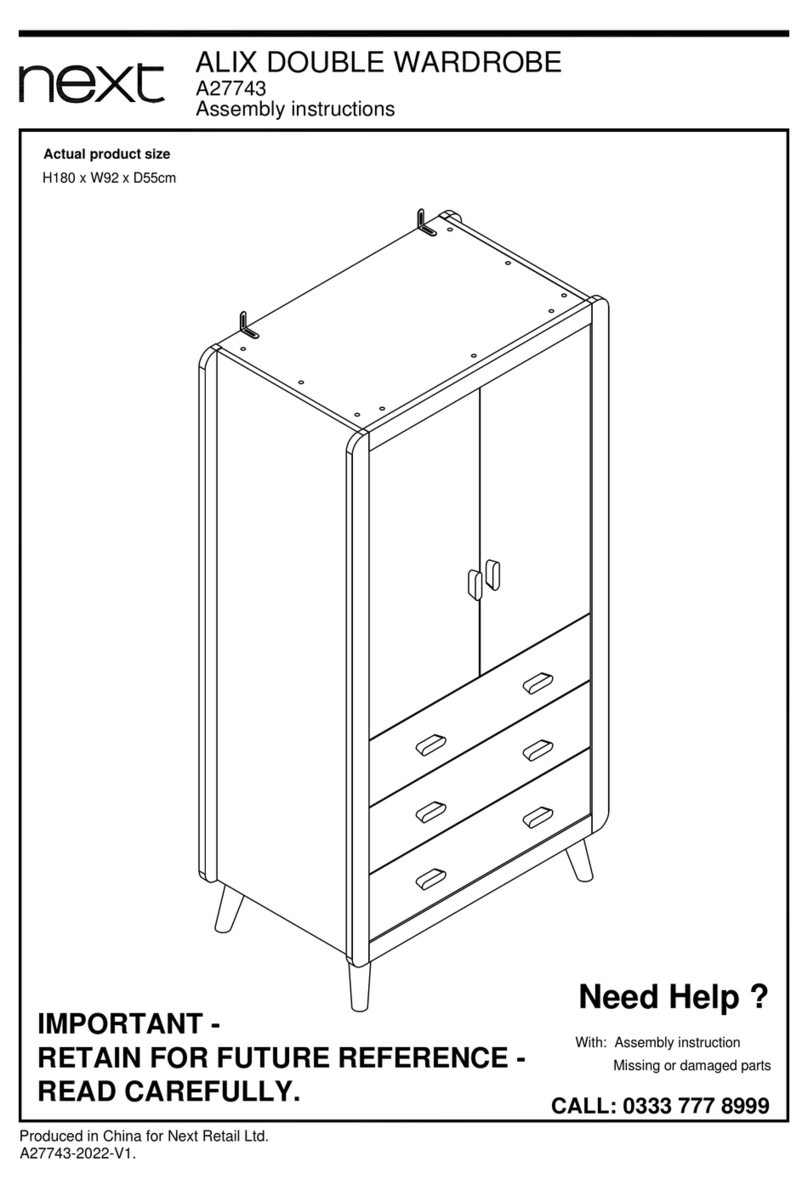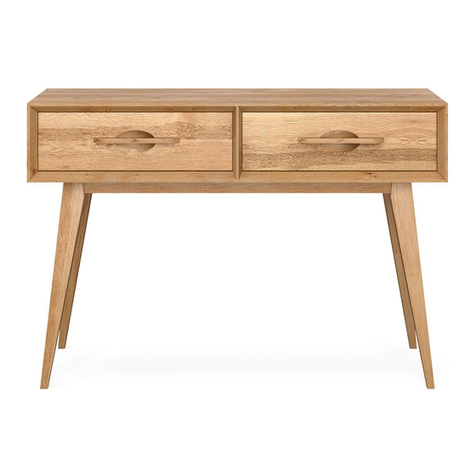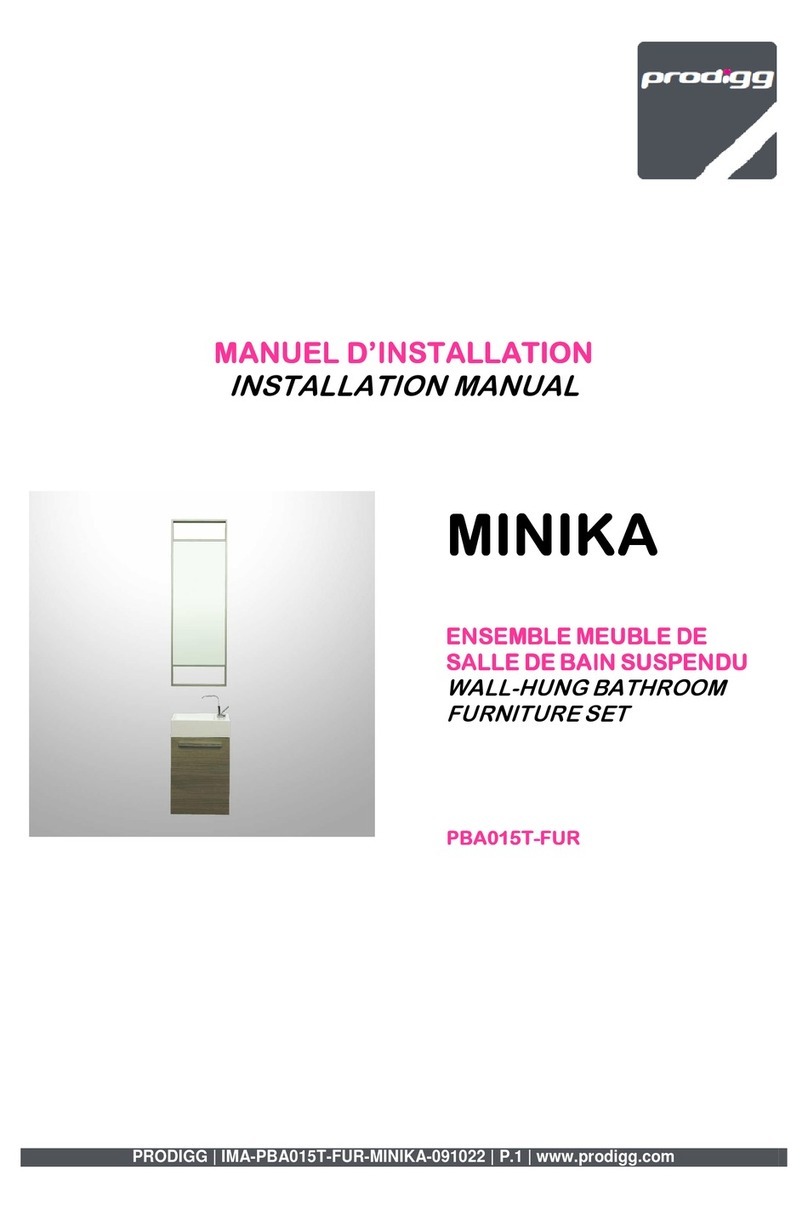
Wall fixings
Step by step
Important
When drilling into walls always check there are no hidden wires or pipes
etc. Make sure that the screws and wall plugs being used are suitable for
supporting your unit. Consult a qualified tradesperson if you are unsure.
Hints
1. General Rule; Always use a larger screw and wall plug if you are not sure.
2. Ensure you use the recommended drill bit to match the wall plug and hole size.
3. Ensure you drill the hole horizontally, do not force the drill or enlarge the hole.
4. Take extra care when drilling high walls, ceilings and ceramic tiles. Ensure the plug is fitting below the
ceramic title to avoid splitting or cracking.
5. Ensure wall plugs are well fitted and are a tight fit in the drilled hole.
Types of Walls
You can use one of the following
types of wall plug if your walls
are made of brick, breeze
block, concrete, stone, wood
or plastic board.
1. STANDARD Wall Plug
General wall materials
These come in various sizes
and are made from plastic or
sometimes wood fibre.
2. GENERAL PURPOSE
Wall Plug
Aerated/Breeze block
Generally aerated blocks should
not be used to support heavy
loads, use a specialist fitting in this
case. For light loads, a General
Purpose Plug can be used.
3. SHIELD ANCHOR
Wall Plug
Heavy loads
For use with heavier loads such
as TV & Hi-fi Speakers and
Satellite Dishes etc.
4. CAVITY FIXING
Wall Plug
For use with plaster board
partitions or hollow wooden
doors.
5.CAVITY FIXING HEAVY
DUTY Wall Plug
For use with plaster board
partitions or hollow wooden
doors.
6. HAMMER FIXING
Wall Plug
For use with walls stuck with
plaster board. The hammer
fixing allows it to be fixed to
the wall rather than the plaster
board. Always check the fixing
is secure to the retaining wall.
Care and
Maintenance
Safety
Always check the fitting and
location to ensure your safety in
and around the home.
Fitting
From time to time check the
fitting to ensure the wall plugs
or screws do not become loose.
Wall fixings
• This wall fixing is provided for your safety and
we recommend that once in position the unit is
secured to the wall for extra stability.
• Wall fixings may vary depending on item of
furniture purchased.
• Wall fittings are not provided as different wall
types require different raw plugs and screws.
• Please ensure that you use fittings that are
suitable for your wall type (see next page for a
general guide).
• Please ensure that the head of the screws used
has a diameter greater than the diameter of the
hole on the wall fixing and that the fixing is safe
and secure before using.
• When drilling into the walls, always ensure there
are no hidden wires or pipes.
• If you are unsure, we recommend you consult a
qualified Trades person.
